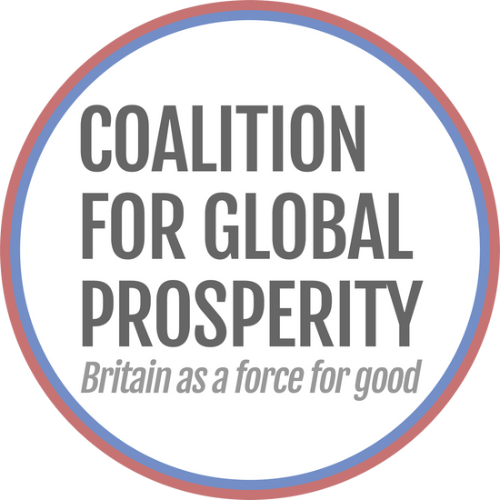What’s Left of Aid - and How Do We Make It Deliver Value for Money?
In an increasingly volatile world, where major economic powers are turning inward, the need for effective, cross-sectoral collaboration in international development has never been more urgent.
The UK’s official development assistance (ODA) budget is now projected to stand just over a fraction of its former scale, with around a third of it spent domestically on in-country refugee costs. In this context, how well can we use what’s left? How do we ensure it delivers value for money - not only for donors, but for the communities it is meant to serve?
Too often, aid delivery struggles to tap into the dynamism and potential of local communities and markets. But when programmes focus on enabling pre-exisiting local systems - rather than delivering services - they create the conditions for people to thrive long after the aid itself has gone. Afterall, that should be the purpose of development.
One programme showing what this can look like in practice is the FCDO-funded SHARPE program in Ethiopia. SHARPE (Strengthening Host and Refugee Populations Economies) - operating in the Gambella region, one of the country's most challenging and protracted refugee-hosting settings. It brings together public, private, and non-governmental actors to strengthen inclusive market systems that benefit both refugee and host communities.
Using a Market Systems Development (MSD) approach, SHARPE works to catalyse long-term, sustainable change. It focuses on creating the enabling environment for communities to shape their own economic futures with local markets, based on pre-existing small-scale market systems designed by refugees themselves.
Between 2019 and 2025, SHARPE generated £9.4 million in increased income, and £34.5 million in additional sales through the development of up-scaled sustainable, commercially viable businesses. These include enterprises in agribusiness, digital finance, and solar energy - sectors selected for their potential to grow local economies even in the face of extreme climate vulnerability and displacement-related instability.
There are still drawbacks - refugees with the pre-existing small-scale businesses receive the technical and financial assistance. What about those without?
Yet, the merits of this approach should not be overlooked. These gains are being realised in refugee camps where layers of vulnerability - from displacement due to conflict to limited economic opportunity - might traditionally be seen as barriers to private sector engagement. Instead, SHARPE shows that with the right tools, development funding can unlock market-based solutions even in fragile settings.
There is often a perceived divide between humanitarian and development actors, particularly in the engagement with private sector approaches. Urgent protection and rights-based assistance should remain essential, especially in crisis contexts. Yet if we stop at emergency response, we miss the opportunity to support people moving to self-sustaining economic conditions.
As Lee Crawfurd argues in his recent piece Don’t Give Up on Aid Just Yet, now is the time to rethink how we deliver aid. That includes making a stronger, clearer case to the public. We must do a better job of showing how smart, strategic aid aligns with British values and interests.
There are still promising signs. Last week, the Children’s Investment Fund Foundation (CIFF), pledged US$150 million to the Global Fund - a fivefold increase from its previous contribution. But to sustain this momentum, we need alignment across the broader ecosystem, in the public, private, NGO sectors and multilateral bodies.
Programmes like SHARPE show that well-designed aid can bridge the gap between immediate humanitarian needs and long-term development outcomes. Showing that value for money in aid is not just about cost-efficiency - it's about the lives improved through economic opportunities acting as multipliers.
As we look ahead, the imperative is clear: not just to advocate for development spending, but to reimagine it - grounded in cross-sector partnership, and focused on delivering sustainable results that empower communities to thrive.

